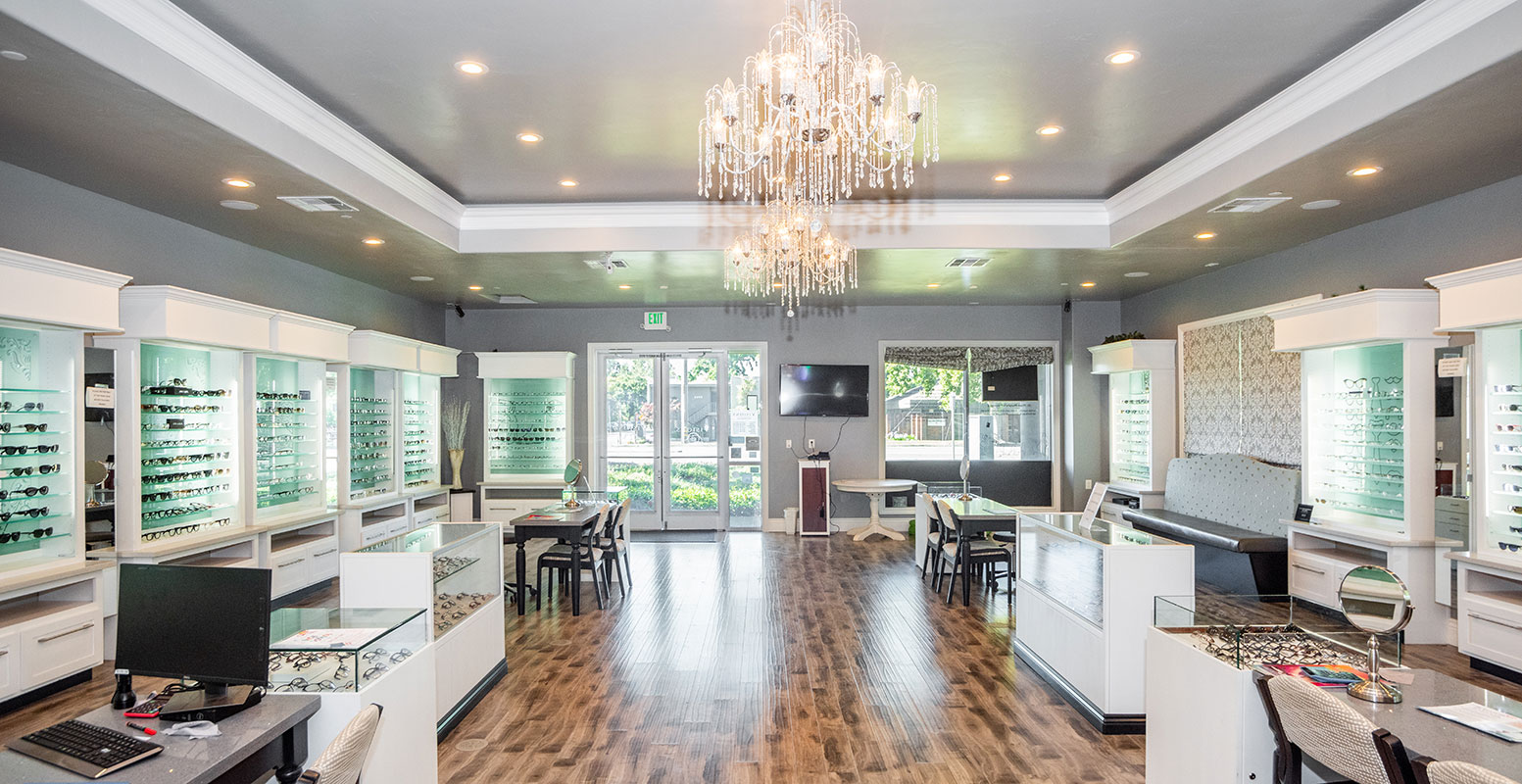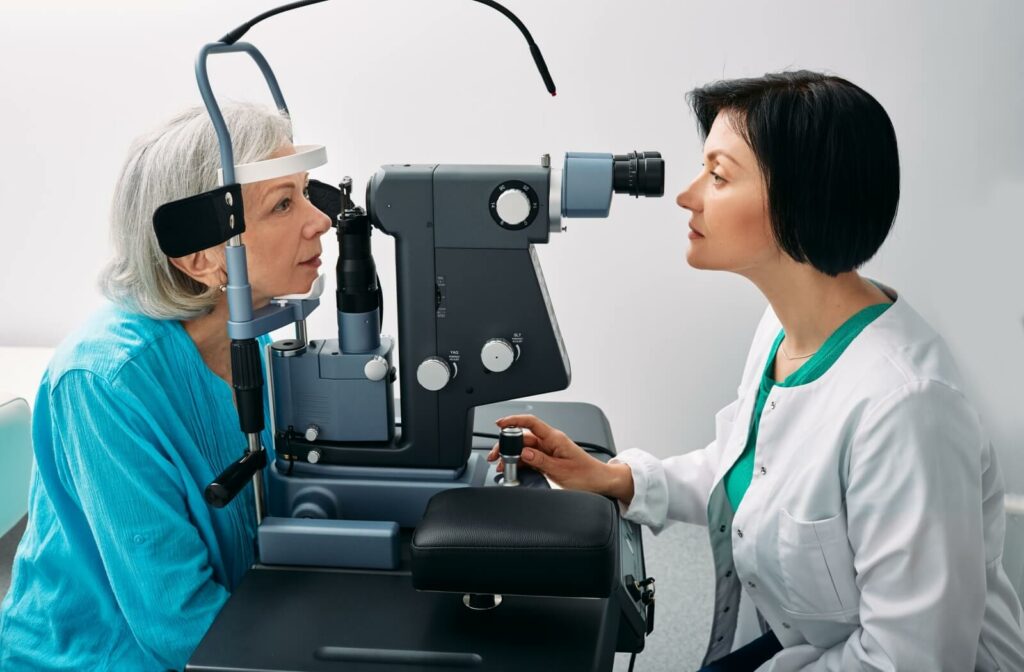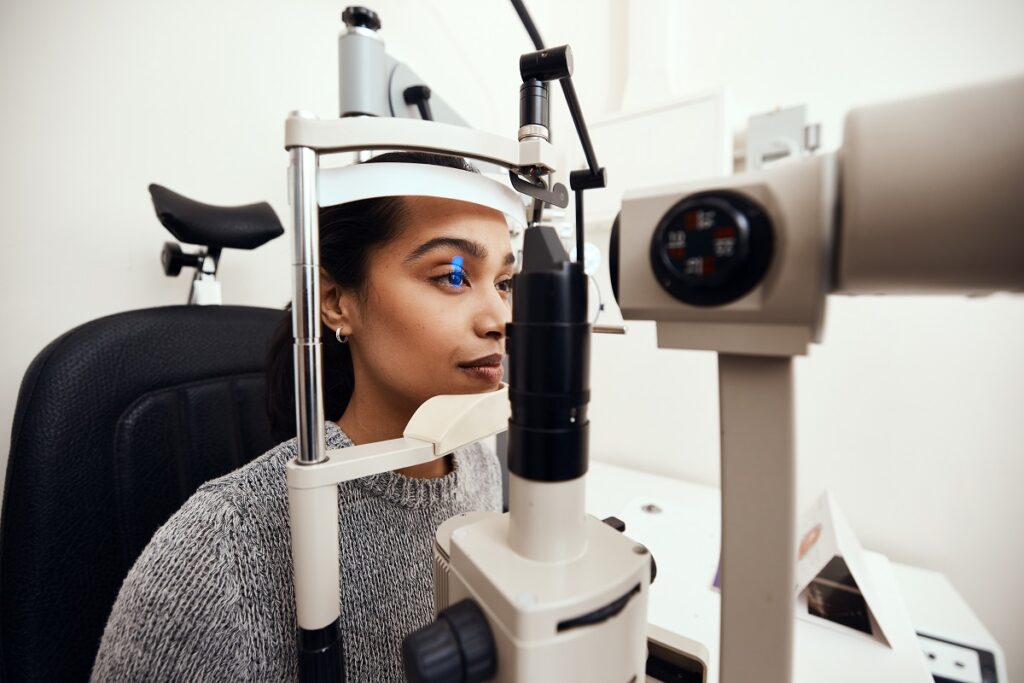Understanding the Duty of Your Eye Doctor in Keeping Vision
Understanding the Duty of Your Eye Doctor in Keeping Vision
Blog Article
Exploring the current Technical Improvements in Optometry and What They Mean for Eye Doctors
From the accuracy of Optical Comprehensibility Tomography to the nuanced insights used by AI-driven analysis devices, these technologies are establishing brand-new standards in individual evaluation and therapy. As these developments permeate the method, eye doctors are encountered with the challenge of accepting these devices to enhance individual results.
Technologies in Diagnostic Tools
Progressing the field of optometry, advancements in analysis devices have changed the way eye care professionals examine and identify aesthetic disabilities and eye conditions. The past years has witnessed significant technical developments, allowing more extensive and accurate evaluations. Optical Coherence Tomography (OCT), as an example, gives high-resolution cross-sectional images of the retina, enabling the very early detection of diseases such as glaucoma and age-related macular degeneration. This non-invasive imaging method has ended up being vital in contemporary optometric technique.
An additional secret advancement is the introduction of innovative corneal topography systems, which map the surface curvature of the cornea with accuracy. These tools are specifically useful for suitable call lenses and diagnosing corneal disorders. Furthermore, electronic retinal imaging has changed traditional ophthalmoscopy, using comprehensive, panoramic sights of the retina that help with extensive aesthetic evaluations.
The advancement of wavefront aberrometry has likewise been vital, enabling the evaluation of refractive errors with unparalleled accuracy (Opticore Optometry). This modern technology aids in tailoring corrective lenses and enhancing medical end results for refractive surgeries. Jointly, these analysis advancements encourage eye doctors to supply superior client care, guaranteeing very early treatment and customized therapy strategies, ultimately boosting aesthetic wellness results
AI in Individual Administration
Structure on the structure of innovative diagnostic tools, the consolidation of man-made knowledge (AI) in person administration stands for a transformative leap for optometry. AI systems are progressively employed to enhance effectiveness, accuracy, and customization in patient care.
Moreover, AI-driven platforms help with structured client communications and management procedures. Automated scheduling, online appointments, and customized follow-up plans not only improve person satisfaction however likewise optimize time management for professionals. These systems can triage people based on the necessity of their conditions, guaranteeing that those in important need get prompt attention.
Furthermore, AI improves decision-making by giving optometrists with evidence-based suggestions and therapy pathways. By integrating data from electronic health and wellness records, AI tools provide understandings that educate clinical decisions, decreasing the threat of errors and improving client results. As AI remains to advance, its role in patient management will likely expand, reshaping the landscape of optometric care.
Advancements in Retinal Imaging
In the world of optometry, retinal imaging has experienced exceptional technical improvements that are boosting diagnostic capabilities and client care. Developments such as Optical Comprehensibility Tomography (OCT) and fundus photography have changed just how eye doctors picture and examine the retina. OCT, specifically, gives high-resolution, cross-sectional pictures of the retina, enabling the detailed exam of its layers. This capacity is invaluable for very early discovery and management of problems like glaucoma, diabetic person retinopathy, and age-related macular degeneration.
Improved imaging methods like OCT angiography are further refining analysis precision. Optometrist Chino. Such improvements facilitate the recognition of minute retinal adjustments that might represent illness progression.
Furthermore, innovations in expert system are augmenting retinal imaging by making it possible for automated evaluation of huge datasets. These systems aid optometrists in recognizing patterns a sign of pathology, consequently boosting analysis precision and effectiveness. Jointly, these technologies are transforming retinal imaging right into a cornerstone of modern eye care, enhancing end results and expanding therapeutic possibilities.
Teleoptometry's Growing Role
Teleoptometry is progressively ending up being a vital component of eye treatment, driven by advancements in data and diagnostic devices. As optometry welcomes electronic change, teleoptometry promotes remote appointments, allowing optometrists to extend their services beyond traditional boundaries. This is especially beneficial in underserved and country locations where access to specialized eye care is typically restricted. By leveraging high-resolution video conferencing and progressed retinal imaging, eye doctors can carry out detailed eye tests from afar, making certain prompt medical diagnosis and therapy. anonymous
The integration of expert system (AI) additional improves teleoptometry, enabling the analysis of visual information and assisting in the discovery of ocular problems such as glaucoma and diabetic person retinopathy. AI-powered formulas can swiftly interpret intricate imaging data, supplying optometrists with valuable understandings that bolster professional decision-making.
In addition, teleoptometry sustains connection of care with seamless integration with digital health records (EHRs), allowing optometrists to keep extensive individual histories. This ensures that individuals obtain individualized and regular care also when talking to various practitioners.
Despite these benefits, obstacles stay, consisting of guaranteeing information protection and managing person expectations. Teleoptometry represents a substantial stride towards more accessible, reliable, and patient-centered eye care. As technology develops, its role is poised to broaden additionally.

Future Trends in Eye Treatment
A myriad of ingenious trends is set to reshape the future of eye treatment, driven by technical innovations and the advancing demands of people. One significant fad is the assimilation of expert system (AI) in diagnostics, which assures to enhance the accuracy and efficiency of eye assessments. AI formulas can examine huge amounts of information from retinal images, possibly identifying problems like diabetic retinopathy and glaucoma navigate to this site earlier than typical approaches.
Additionally, individualized medicine is getting grip in optometry, with hereditary screening notifying customized treatment strategies. This technique aims to enhance individual results by customizing treatments to individual hereditary profiles. Wearable technology, such as clever get in touch with lenses, is additionally imminent, providing real-time monitoring of intraocular pressure or sugar levels, hence supplying continuous insights right into ocular and systemic health and wellness.
The adoption of augmented reality (AR) and virtual fact (VIRTUAL REALITY) in training and patient education and learning is another emerging pattern. These technologies provide immersive experiences that can enhance understanding and abilities both for clients and optometrists. As these patterns advance, optometrists need to remain abreast of technical innovations to provide innovative treatment, guaranteeing enhanced patient results and satisfaction in the vibrant landscape of eye care.
Conclusion

Collectively, these diagnostic advancements empower eye doctors to provide exceptional client care, ensuring very early intervention and customized therapy methods, ultimately boosting aesthetic health and wellness results.

As these modern technologies continue to progress, optometrists need to adapt and include them right into method, ultimately enhancing operations efficiency and raising the criterion of eye care provided to people.
Report this page